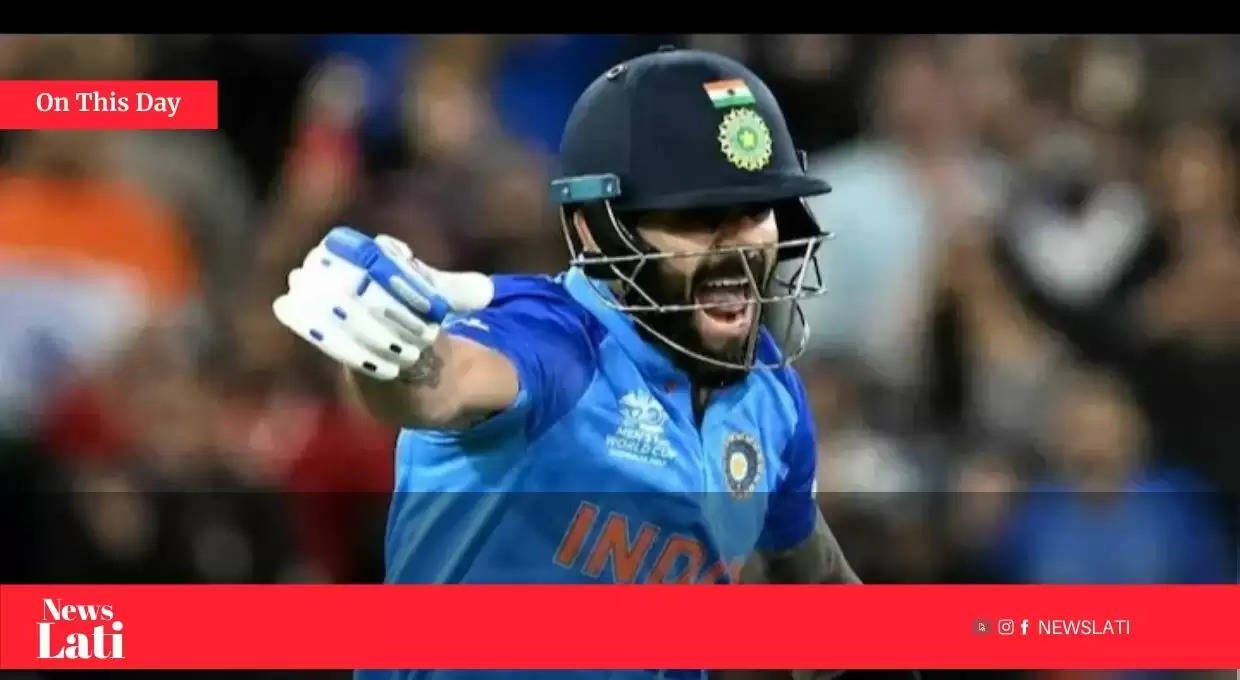India Vs Pakistan T20 World Cup: Here’s what ICC rulebook says

In a high-voltage clash at the ICC T20 World Cup 2022, India overcame Pakistan by four wickets on Sunday. Virat Kohli's important 82-run knock not only got India out of a hole, but it also set the tone for the remainder of the competition. However, the intense and dramatic encounter created controversies that will be debated in the future. A lot transpired in the 20th over of the contest, bowled by Mohammad Nawaz, that had a significant impact on the outcome.
On the one hand, the Indian victory is being celebrated and cherished across the country as a pre-Diwali gift; on the other hand, the two objections raised by Pakistan skipper Babar Azam, which erupted in the final over of the match bowled by Nawaz, have left Pakistan's fans and former cricketers fuming.
The Controversial No-Ball
The first instance of misunderstanding occurred on the third delivery of Nawaz's 20th over of the Indian innings, when Virat Kohli blasted a full toss for a six. It was deemed a no-ball, which aggravated the situation for the Pakistan side, which was leading at the time.
It went from 13 runs needed off three balls to six runs needed off three balls. The Pakistan team's captain voiced objections, and Babar and company addressed the Umpires to seek clarification. According to the TV replays, it was a 50-50 call that might have gone any way but went India's way in this case. Although Virat Kohli was way outside the crease, although his trailing leg was on the line.
ICC Rulebook
Clause 41.7.1 of Cricket's rulebook states, "Any delivery that passes or would have passed, without pitching, beyond waist height of the striker standing upright at the popping crease is to be regarded unfair, whether or not it is likely to inflict physical injury on the striker." If the bowler makes such a delivery, the umpire must call and signal No ball immediately."
In this case, the rule contained in the ICC's rules can be read in any direction. If "at the popping crease" refers to a batsman standing on the line, Kohli was safe. Furthermore, if the no-ball was to be granted if the batsman's foot was "within" the crease rather than just "on" or "at" it, the rule would have mentioned about it.
However, according to a popular phrase in cricket, "the line belongs to the umpire, not the batter," and if "on the line" means the same thing as it does for stumpings and runouts, it should not have been a no-ball and thus a free hit should not have been granted.
Clause 21.19.2 of the ICC World Cup playing rules states: "For any free hit, the striker can be ejected only under the criteria that apply for a No ball, even if the delivery for the free hit is declared Wide." In the event of a no-ball followed by a free hit, the hitter may be declared out for hitting the ball twice, blocking the field, or running out.
Kohli was not out because he was bowled out, and because he was not out, it was not a dead ball. As a result, the runs were legal.
